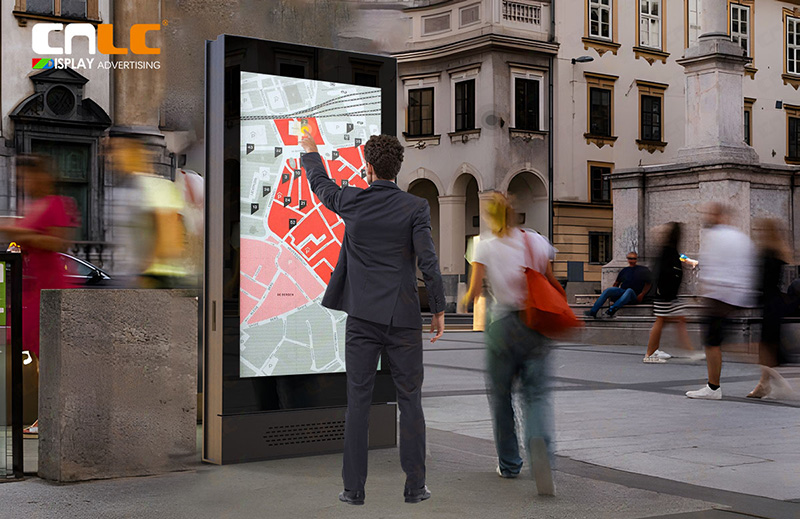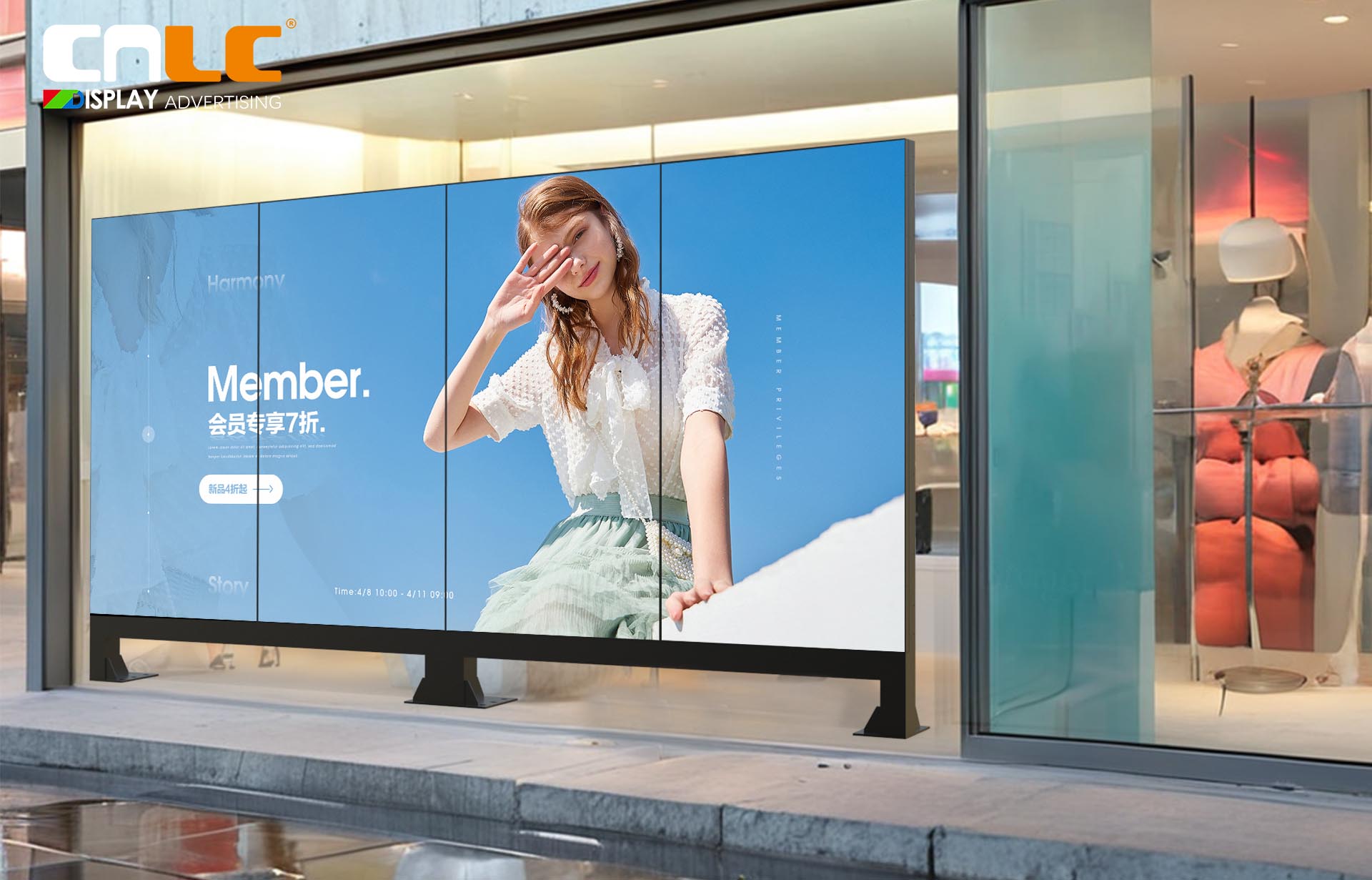what are you looking for?
 Evolution of Mupi: From Static Advertising to Smart City Infrastructure
Evolution of Mupi: From Static Advertising to Smart City Infrastructure
 LCD Splicing Screen vs. LED Screen: Differences and How to Choose
LCD Splicing Screen vs. LED Screen: Differences and How to Choose

 Tel : 8618688410533
Tel : 8618688410533 Tel : 8602082332833
Tel : 8602082332833 Email : info@cnlcdisplay.com
Email : info@cnlcdisplay.com STAY CONNECTED Get our news, offers, and more...
STAY CONNECTED Get our news, offers, and more...









